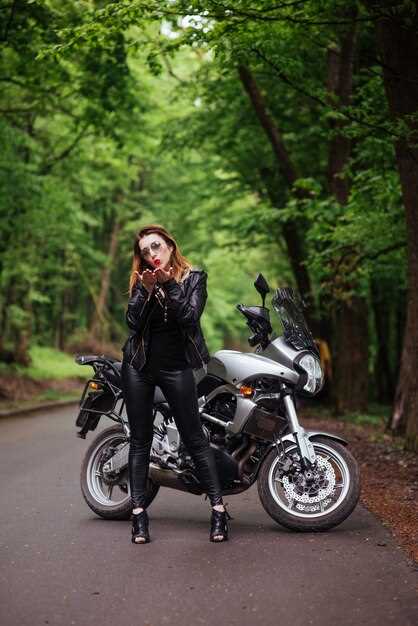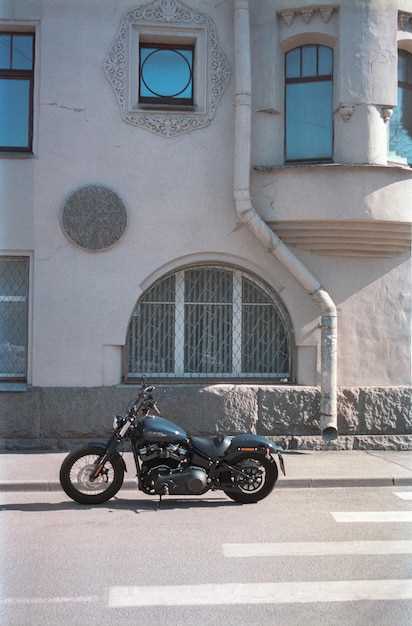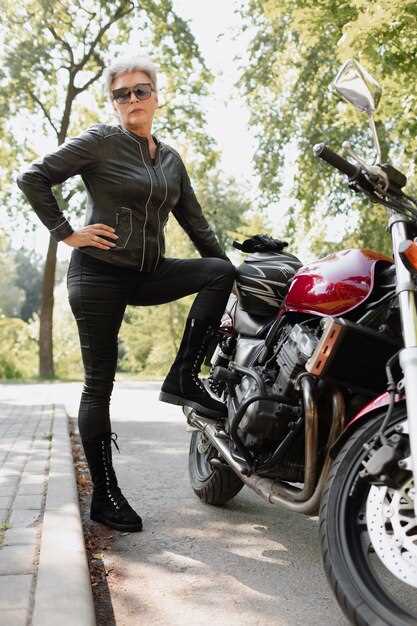
Motorcycle photography is an art that transcends mere documentation; it captures the essence of freedom and adventure associated with riding. The choice of angles can significantly enhance the visual appeal of motorcycle images, transforming a simple shot into a compelling story. Understanding how to best present a motorcycle through various angles can elevate your photography skills and provide a fresh perspective on this powerful machine.
In this article, we will explore the top angles that can make your motorcycle photography stand out. Whether you are shooting in a dynamic outdoor setting or capturing the intricate details of a motorcycle in a studio, the right angle can highlight the bike’s design and evoke emotion. From low angles that emphasize power to aerial shots that show context, mastering these techniques will allow your images to resonate with viewers.
Join us as we delve into the most effective angles for showcasing motorcycles, offering tips and insights that will help you create stunning photographs that do justice to these incredible machines. Get ready to discover your new favorite perspectives and elevate your motorcycle photography to new heights.
Dynamic Action Shots: Finding the Best Position

Capturing the thrill of motorcycle action requires selecting the right angles that showcase speed, movement, and the machine’s aesthetic. The positioning of the photographer is crucial for achieving dynamic shots that evoke excitement.
One effective technique is to shoot from a low angle, which emphasizes the motorcycle’s design while making it appear more aggressive. This perspective also enhances the backdrop, allowing for dramatic skies or rugged landscapes to enhance the composition.
Another compelling option is capturing the motorcycle in motion from the side. This angle, often referred to as a “trackside” shot, highlights the speed and agility of the bike as it leans into corners. Using a fast shutter speed will freeze the action, while a slight blur of the background can convey speed effectively.
Consider also shooting from an elevated position, especially during events like races. This high-angle view can provide a unique perspective on multiple motorcycles competing, showcasing both the riders’ skills and the dynamics of the race.
For a more intimate approach, getting close to the action can create a sense of connection with the rider. Angles that focus on the rider’s hands on the controls or their body language as they navigate turns provide a narrative element to the photograph that resonates with viewers.
Utilizing different angles can also play with depth and layering. By including elements of the environment–such as curves in the road, trees, or spectators–you can create a more engaging composition that tells a story. Experimentation with various positions will reveal the most captivating shots, each angle offering a distinct message and mood.
Close-Ups: Highlighting Details of the Motorcycle
Close-up shots are pivotal in motorcycle photography, as they allow the photographer to focus on intricate details that define the bike’s character. These angles emphasize components like the engine, exhaust pipes, or custom finishes, showcasing craftsmanship and unique designs that might otherwise go unnoticed.
Utilizing a macro lens can significantly enhance the quality of these close-ups, capturing textures and small elements with remarkable clarity. Close-ups of the bike’s emblem or unique parts like the handlebars and gauges can convey a sense of personality and style, drawing the viewer’s attention to the motorcycle’s distinctive features.
When shooting close-ups, lighting plays a crucial role. Natural light often works best, bringing out the metallic sheen of the bike and highlighting the contours of its design. Positioning the camera at various angles can alter perspectives, either evoking a sense of power or elegance depending on how the light interacts with the surfaces.
Lastly, consider the background when framing close-ups. A clean or blurred backdrop keeps the focus on the motorcycle, ensuring the details are the star of the shot. These close-up angles not only tell a story about the bike but also create an emotional connection with the audience, inviting them to appreciate the artistry behind the machine.
Unique Perspectives: Experimenting with Low and High Angles

In motorcycle photography, capturing unique perspectives can significantly enhance the visual impact of your images. By experimenting with low and high angles, photographers can create dynamic compositions that showcase the motorcycle’s design and the surrounding environment.
A low angle shot, taken from the ground level or below the motorcycle, can convey a sense of power and dominance. It highlights the bike’s aggressive lines and muscular stance, making it appear more imposing. When shooting low, focus on the details, such as the tires, handlebars, and engine components. This perspective also allows for interesting backgrounds that can further enrich the composition.
In contrast, high angle photography offers a bird’s-eye view of the motorcycle and its surroundings. This approach can provide context, allowing viewers to appreciate the landscape or urban setting where the motorcycle is situated. A high angle can also highlight the rider’s position and posture, creating a narrative element that captures the essence of the ride.
Combining both low and high angles can add depth and variety to your motorcycle photography portfolio. Try alternating between these perspectives during the shoot to discover the most flattering angles for your subject. Embrace experimentation to find the unique qualities that resonate best with your artistic vision.
Ultimately, whether you choose low or high angles, the key is to ensure that each image tells a story about the motorcycle and its rider, inviting viewers to engage with the picture on a deeper level.





